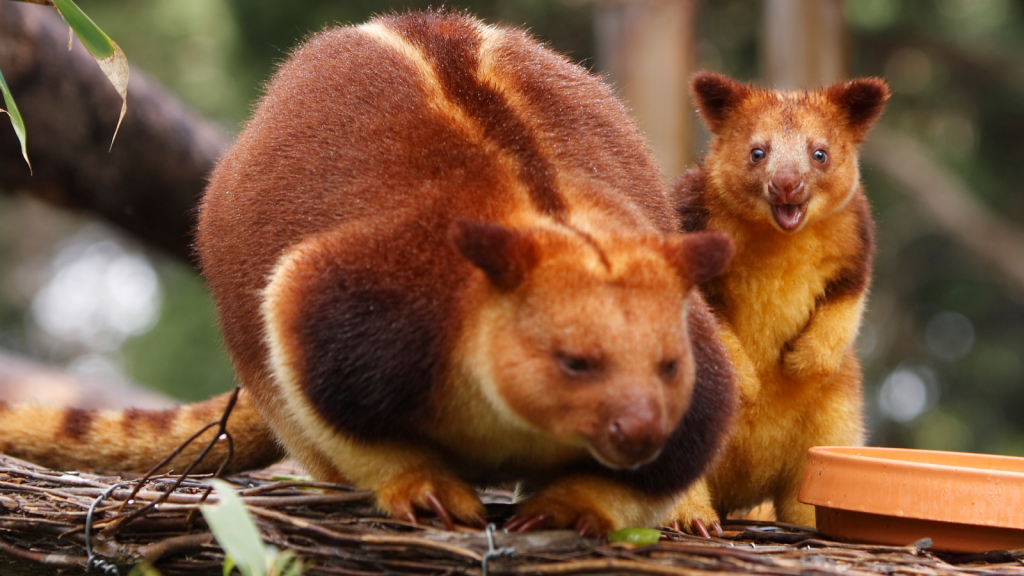Hidden away in the misty forests of Papua New Guinea and parts of Australia, tree kangaroos are some of the most fascinating creatures you’ve probably never heard of. These adorable marsupials look like a mix between a kangaroo and a teddy bear, but they’re far more than just cute faces. Tree kangaroos have adapted to life in the treetops, developing incredible skills that set them apart from their ground-dwelling cousins. From their remarkable jumping abilities to their unusual diet, these animals are full of surprises. Get ready to discover some amazing facts about these lovable forest dwellers that will leave you in awe of nature’s wonders.
They’re Not Actually Kangaroos
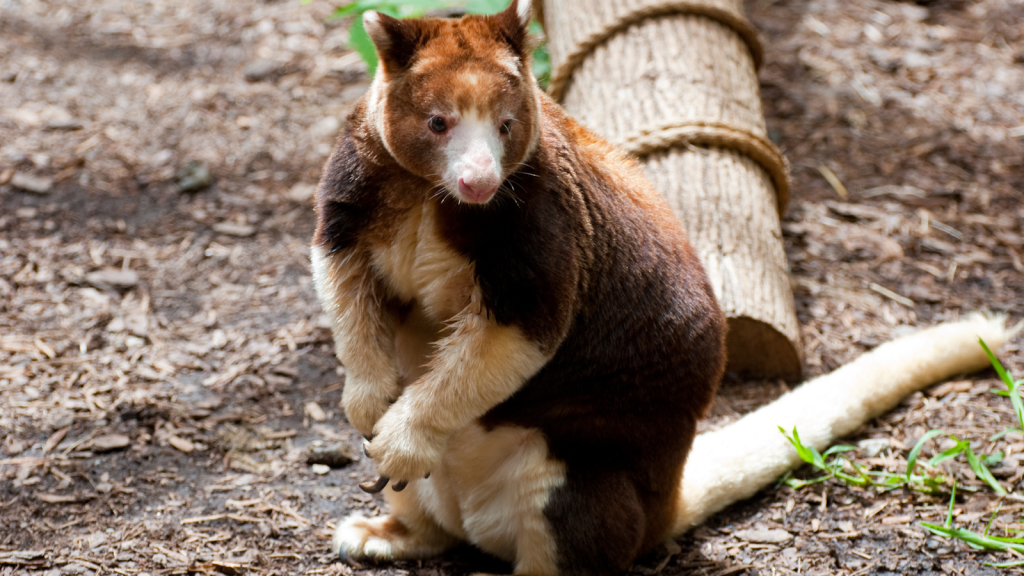
Tree kangaroos aren’t true kangaroos at all. They belong to the same family, Macropodidae, but they’re a separate genus called Dendrolagus. This means they’re more like cousins to kangaroos and wallabies. Tree kangaroos split from their ground-dwelling relatives millions of years ago, evolving to live in trees instead of on the ground. There are 14 known species of tree kangaroos, each with its own unique characteristics and adaptations.
They Can Jump 30 Feet Down
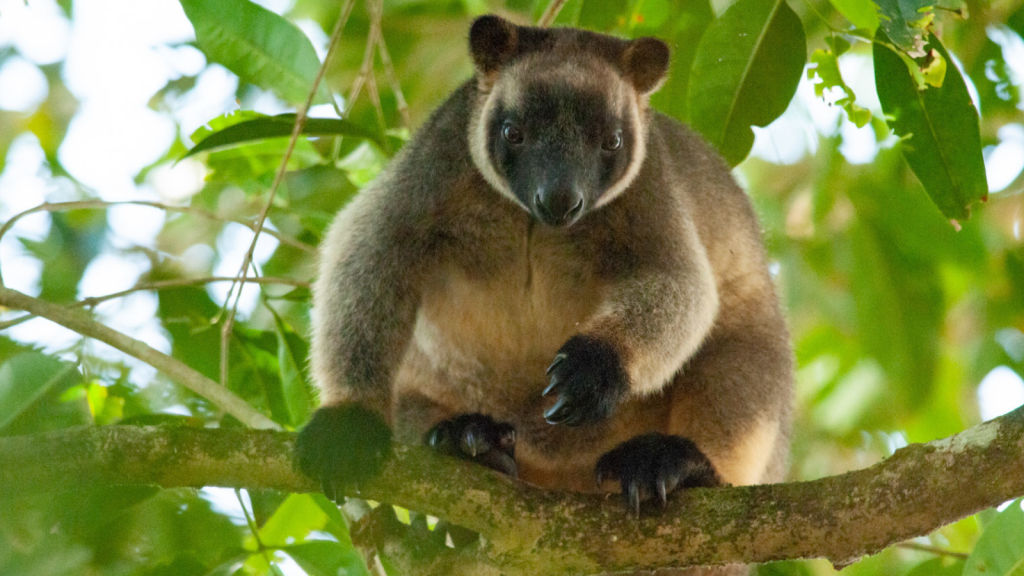
Tree kangaroos are incredible jumpers. They can leap from branch to branch with ease, but their most impressive feat is their ability to jump down to the ground from great heights. These nimble creatures can safely jump from as high as 30 feet up in a tree without hurting themselves. That’s like jumping from a three-story building! Their strong, springy legs and flexible spine help absorb the impact of these jaw-dropping descents.
Their Tails Aren’t for Hopping
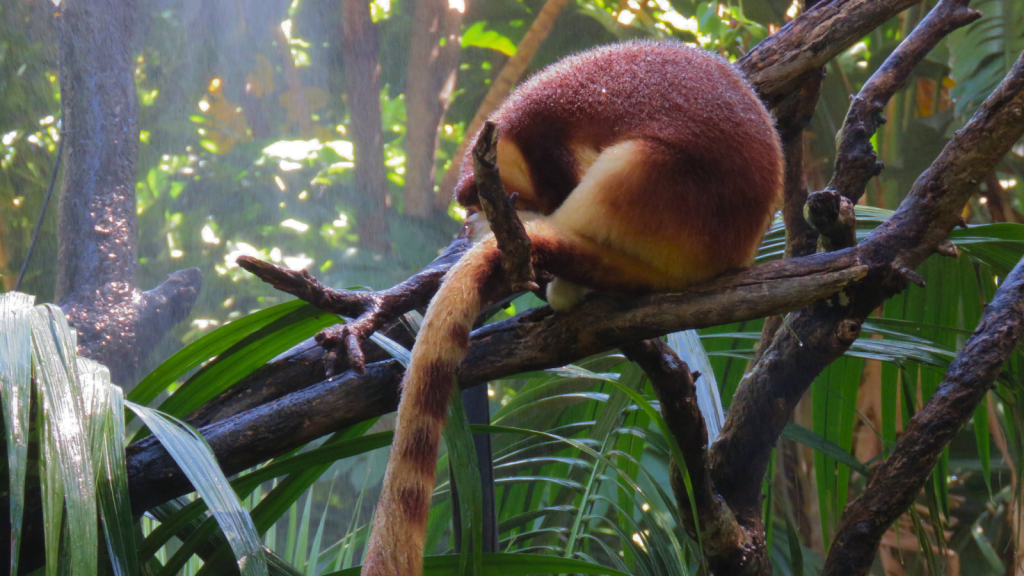
Unlike their kangaroo cousins, tree kangaroos don’t use their tails for hopping. Instead, their long tails act as a counterbalance when they’re moving through the trees. The tail helps them keep their balance as they climb and jump from branch to branch. It’s also useful for gripping onto branches when they need extra support. Some species can even wrap their tails around branches like a fifth limb, providing extra stability while foraging or resting.
They Walk on Two Legs
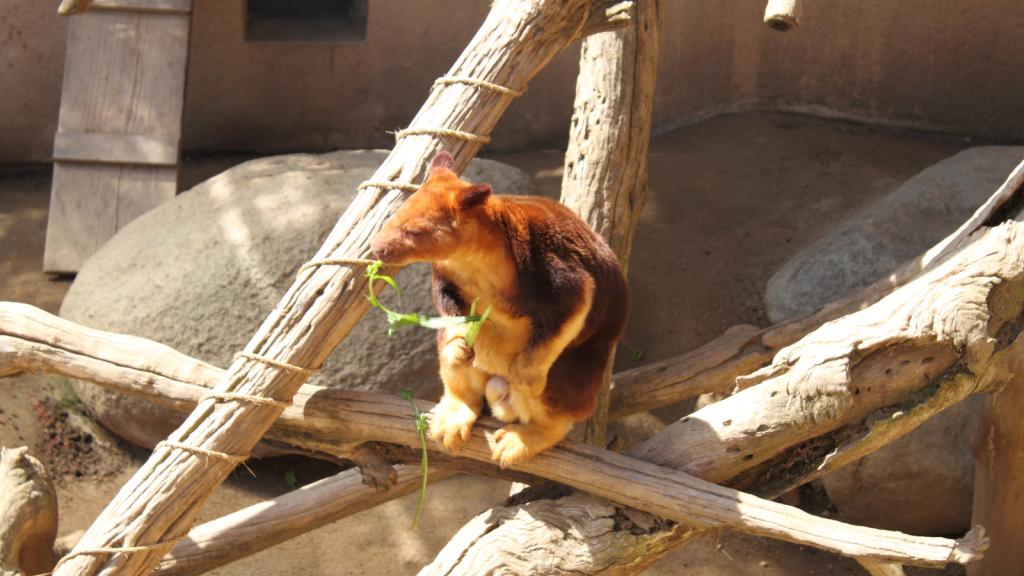
When tree kangaroos are on the ground, they can walk on all fours like a cat or dog. But they can also walk upright on their hind legs, just like regular kangaroos. This two-legged walk is slower and more awkward than their four-legged gait, but it’s still an impressive skill for a tree-dwelling animal. When walking on two legs, they often use their tail as a counterbalance, swinging it back and forth to maintain stability.
They’re Surprisingly Good Swimmers
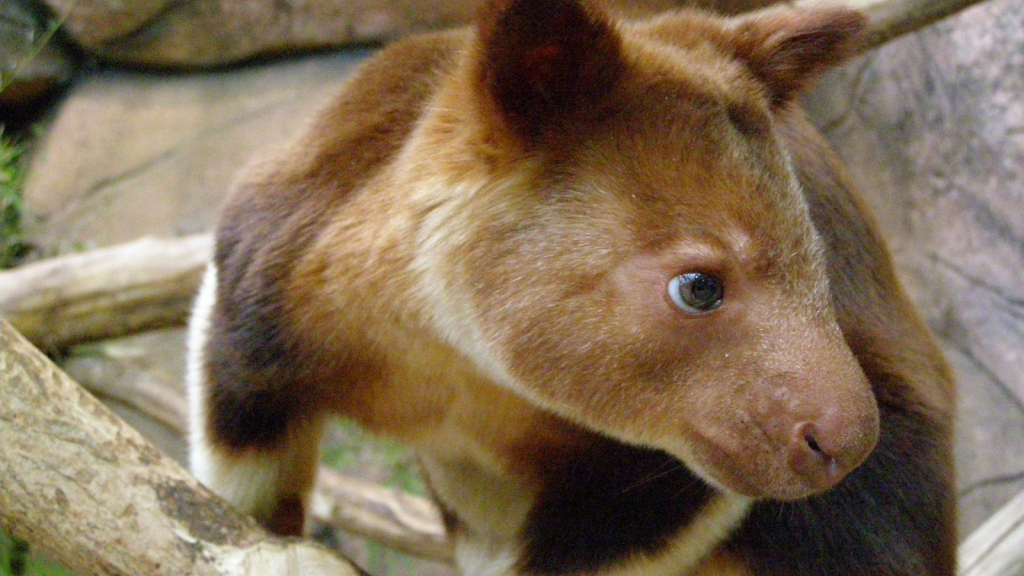
You might not expect a tree-dwelling animal to be a good swimmer, but tree kangaroos are quite comfortable in the water. They can swim across rivers and streams when they need to move between patches of forest. Their powerful legs make them strong swimmers, and they use their tails to help steer in the water. Some species have even been observed diving and foraging for food underwater, showcasing their remarkable adaptability.
They Have Backwards Pouches
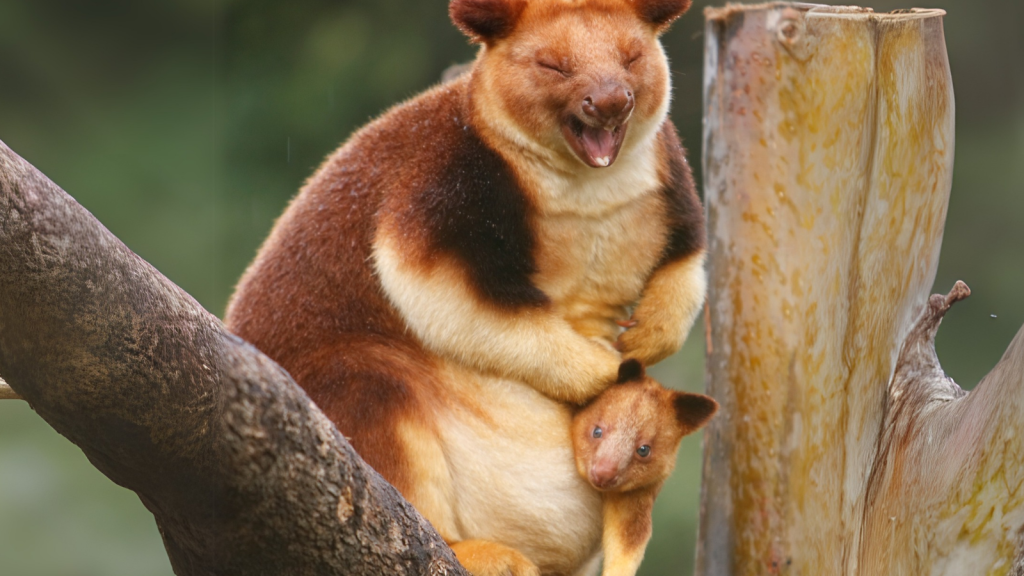
Like other marsupials, female tree kangaroos have pouches for carrying their young. But unlike ground kangaroos, their pouches open towards the rear. This backwards-facing pouch stops leaves and twigs from getting inside as the mother climbs through the trees. It’s a clever adaptation that keeps the joey safe and comfortable. The pouch also has strong muscles that can be tightened to prevent the joey from falling out during jumps or climbs.
They Eat More Than Just Leaves

While leaves make up a big part of their diet, tree kangaroos are actually quite varied eaters. They munch on fruits, flowers, and even tree bark. Some species have been known to eat birds’ eggs, and they occasionally snack on small birds or mammals. This diverse diet helps them get all the nutrients they need to thrive in their treetop homes. Tree kangaroos have also been observed eating soil, which may help them digest toxic compounds in their leafy diet.
They Have Terrible Eyesight
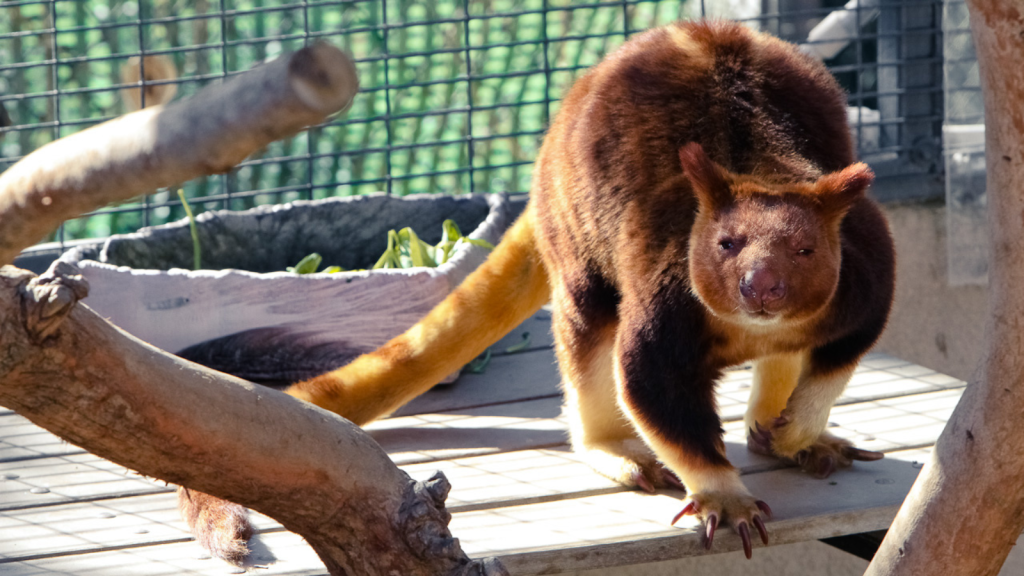
Tree kangaroos don’t have very good vision. Their eyes are small and not well-suited for seeing details. Instead, they rely more on their sense of smell and hearing to navigate their world. Their poor eyesight might seem like a disadvantage, but it doesn’t stop them from being expert climbers and jumpers. To compensate for their poor vision, tree kangaroos have an excellent sense of spatial awareness and memory, allowing them to navigate familiar areas with ease.
They’re Mostly Nocturnal
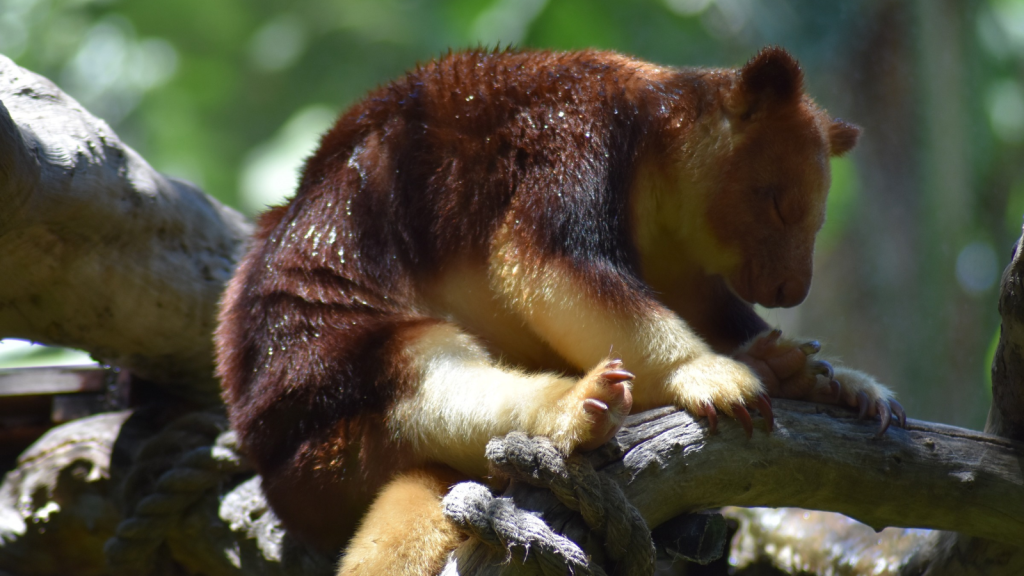
Most tree kangaroo species are active at night. They sleep during the day, often curled up in the fork of a tree or on a sturdy branch. When darkness falls, they become more active, foraging for food and moving through their treetop territory. This nocturnal lifestyle helps them avoid predators and stay cool in the hot tropical climate. Some species, however, are crepuscular, meaning they’re most active during twilight hours at dawn and dusk.
They’re Endangered
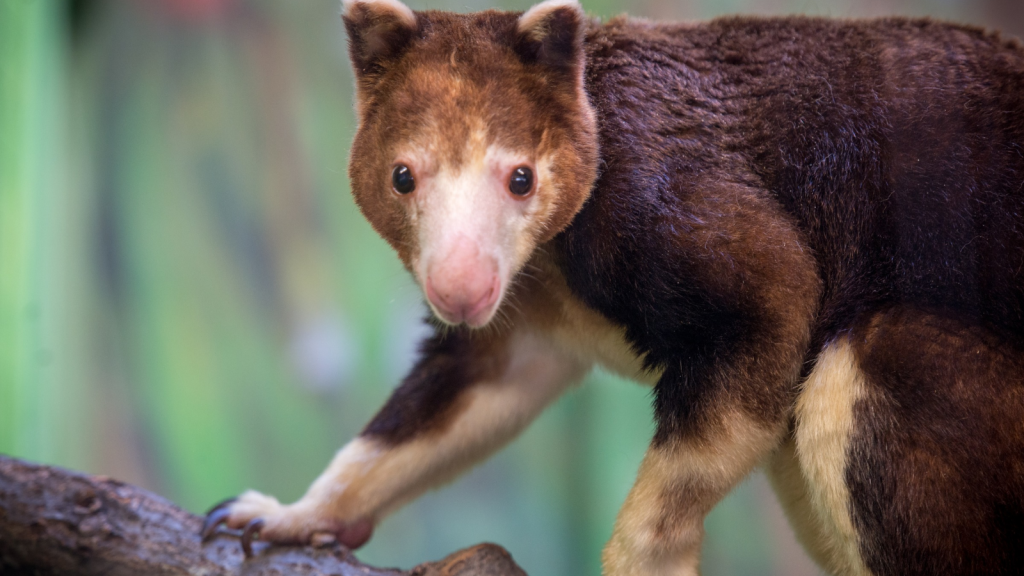
Sadly, many species of tree kangaroo are facing extinction. Habitat loss due to logging and farming is the biggest threat to these unique animals. Hunting has also reduced their numbers in some areas. Conservation efforts are underway to protect tree kangaroos and their forest homes, but these remarkable creatures still face an uncertain future. The Goodfellow’s tree kangaroo, for example, has lost more than half its population in just 30 years.
They Have Rotating Ankles
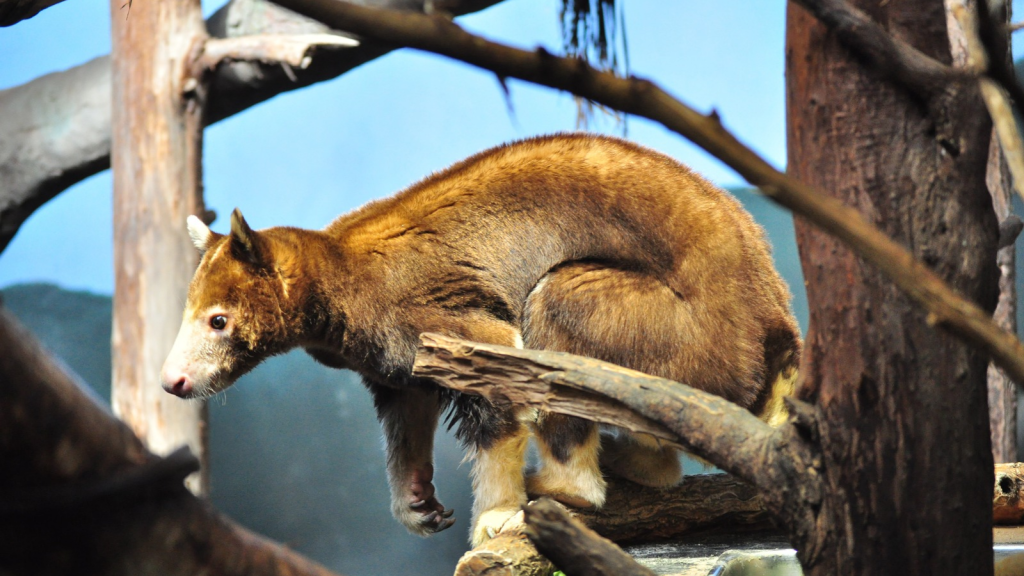
Tree kangaroos have a special adaptation that helps them climb trees with ease: rotating ankles. Their ankle joints can turn much further than those of ground-dwelling kangaroos. This flexibility allows them to grip tree trunks and branches from many different angles, making them excellent climbers. Their ankles can rotate up to 180 degrees, allowing them to run down tree trunks headfirst with their feet facing backwards.
They’re Quite Clumsy on the Ground
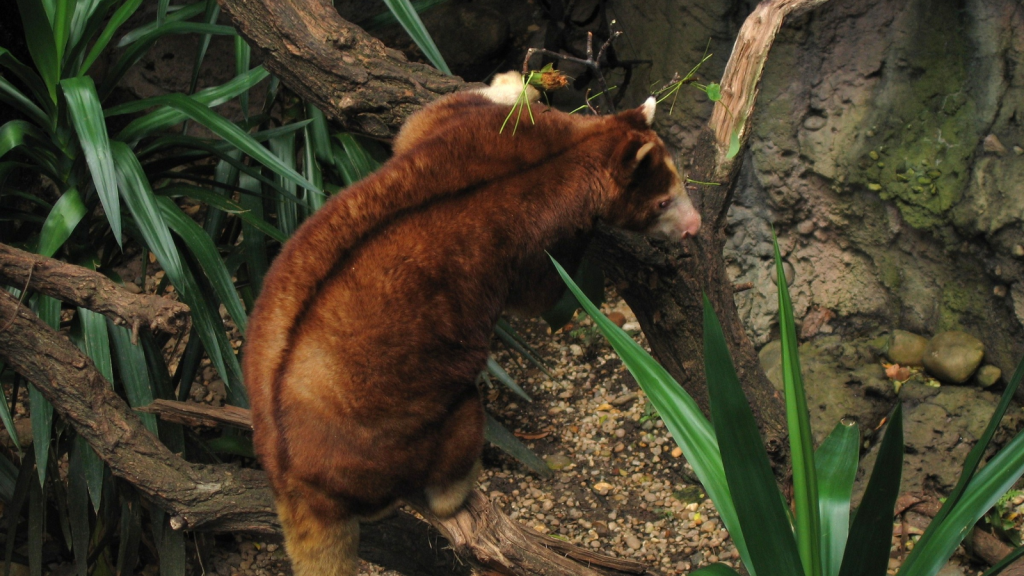
While tree kangaroos are graceful in the trees, they’re not so nimble on the ground. Their bodies are adapted for life in the treetops, which makes them a bit awkward when walking or running on flat surfaces. They tend to move with a slow, waddling gait when they’re not in their arboreal comfort zone. This clumsiness on the ground makes them vulnerable to predators when they’re forced to leave the safety of the trees.
They Have Huge Feet
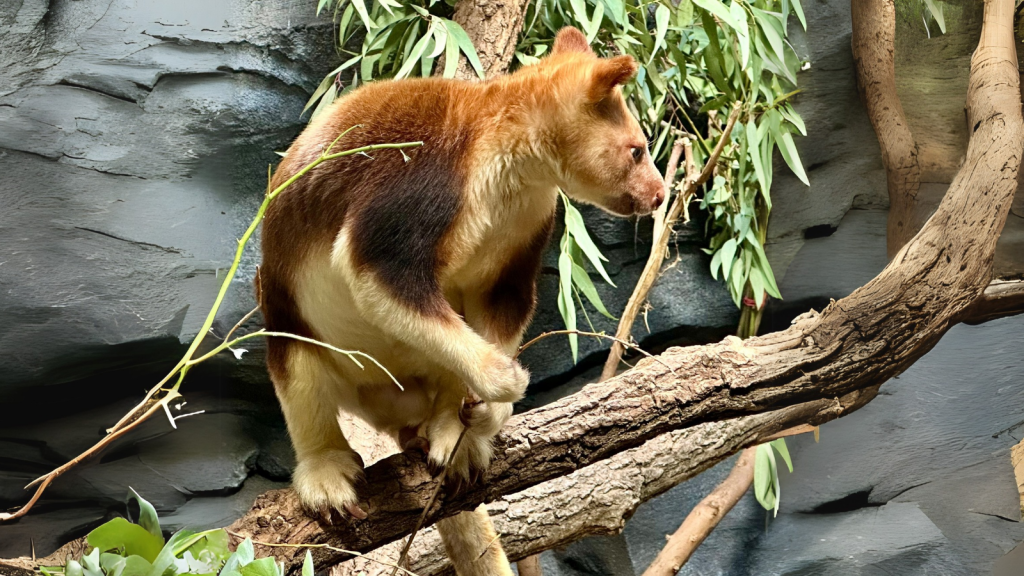
Tree kangaroos have very large feet compared to their body size. These oversized feet help them grip branches and leap between trees. Their feet also have rough pads and long, curved claws that provide extra traction on slippery bark. These adaptations make them perfectly suited for life in the canopy. The soles of their feet are also covered in small, grippy bumps called tubercles, which further enhance their ability to cling to branches.
They’re Solitary Animals
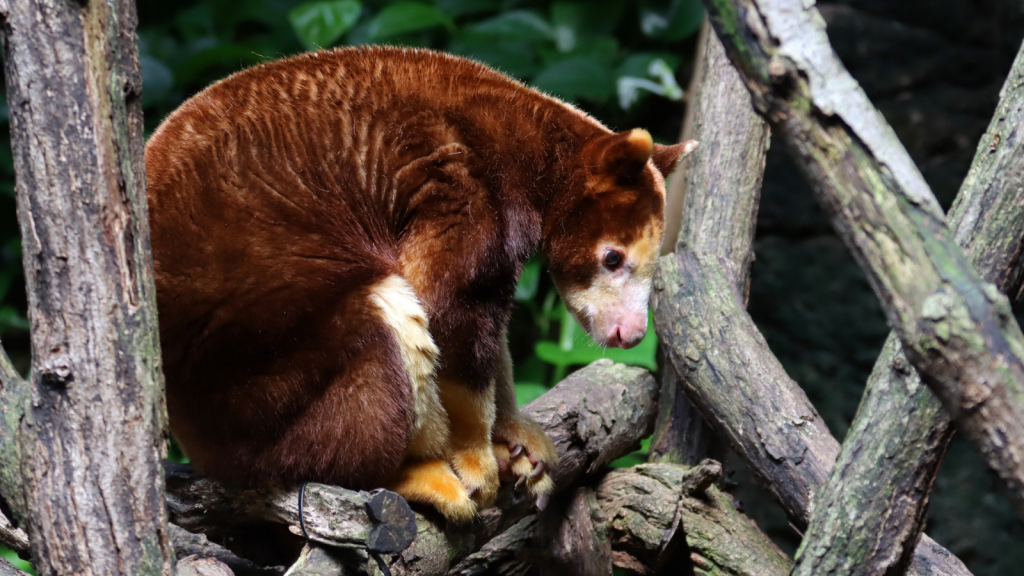
Unlike many other kangaroo species that live in groups, tree kangaroos are mostly solitary. They usually only come together to mate. Each tree kangaroo has its own territory in the forest, which it marks with scent glands. They prefer to spend their time alone, quietly munching leaves and moving through their treetop world. This solitary lifestyle helps reduce competition for food in their limited arboreal habitats.
They’re Living Fossils
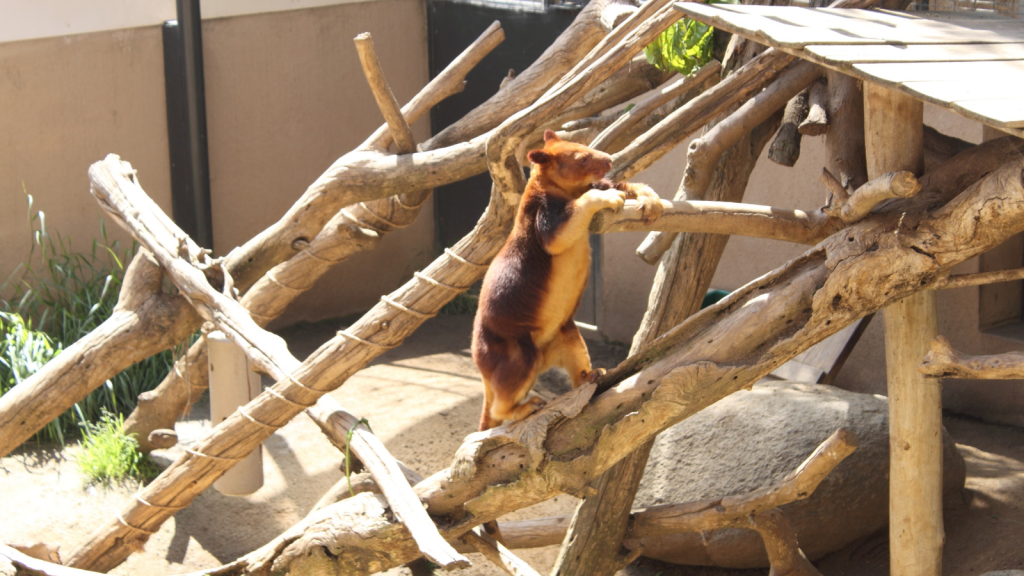
Tree kangaroos are sometimes called “living fossils” because they’ve changed very little over millions of years. Fossil evidence shows that tree kangaroos have been around for at least 15 million years. Their unique adaptations have allowed them to survive in their forest habitats for an incredibly long time, making them a fascinating window into the past. Despite their long evolutionary history, tree kangaroos remain one of the least studied groups of mammals, with much still to be learned about their behaviour and ecology.
Becky is a fervent wildlife enthusiast and pet care expert with a diploma in canine nutrition. Her love for animals stretches beyond the domestic, embracing the wild tapestry of global fauna. With over a decade of experience in animal welfare, Becky lends her expertise to OutlandishOwl through insightful articles, captivating wildlife information, and invaluable guidance on pet nutrition. Her work embodies a deep commitment to understanding the intricate lives of animals and a passion for educating others on sustaining natural habitats. Becky's hands-on conservation efforts and her knack for translating complex dietary science into practical pet feeding tips make her an indispensable voice for creatures great and small.

